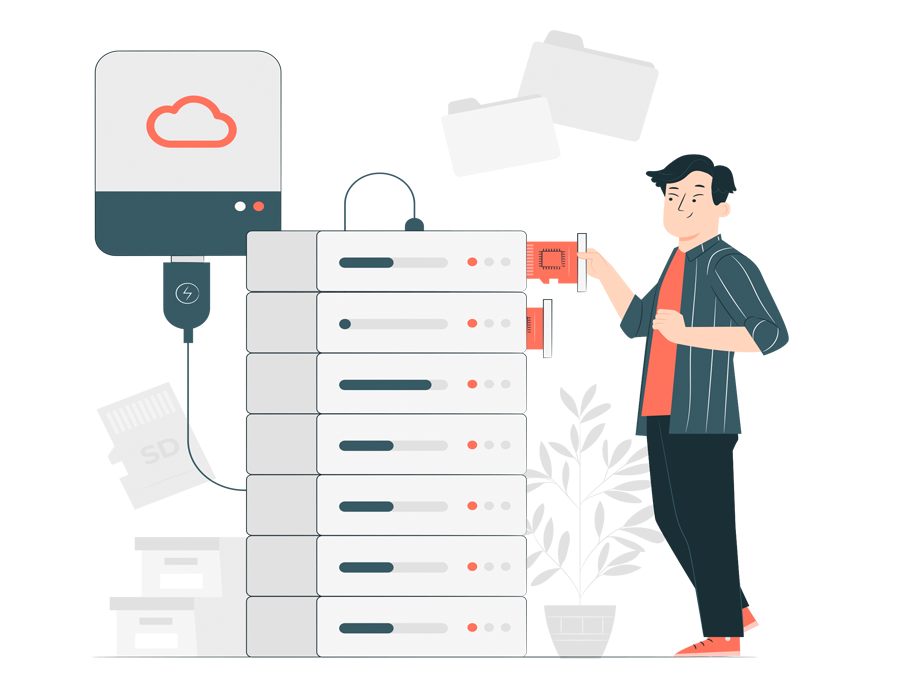.jpg)
Subheading: Embracing Sustainable Practices in Home Improvement
Eco-friendly home improvement initiatives are revolutionizing the way homes are designed, renovated, and maintained. This shift towards sustainability focuses on reducing environmental impact, enhancing energy efficiency, and promoting a healthier living environment while upgrading homes to be more eco-conscious.
Subheading: Energy-Efficient Upgrades
Implementing energy-efficient upgrades is a cornerstone of eco-friendly home improvement. Installing solar panels, energy-efficient appliances, LED lighting, and smart thermostats significantly reduce energy consumption, contributing to a greener lifestyle.
Subheading: Sustainable Building Materials
Opting for sustainable building materials plays a vital role in eco-friendly home improvement. Using recycled materials, reclaimed wood, bamboo, or eco-friendly insulation not only reduces environmental impact but also enhances the home’s sustainability.
Subheading: Water Conservation Techniques
Incorporating water-saving fixtures, low-flow toilets, rainwater harvesting systems, and drought-resistant landscaping minimizes water wastage, contributing to eco-friendly home improvement by conserving this precious resource.
(Subheading: Explore more about Eco-Friendly Home Improvement for comprehensive sustainability tips.)
Subheading: Indoor Air Quality Enhancements
Improving indoor air quality is a crucial aspect of eco-friendly home improvement. Installing air purification systems, choosing low-VOC paints, and maintaining proper ventilation foster healthier indoor environments.
Subheading: Recycling and Waste Reduction
Adopting recycling practices and minimizing waste during renovation projects significantly reduces the environmental footprint. Reusing materials or donating usable items during renovations contributes to a more sustainable approach.
Subheading: Sustainable Landscaping
Creating eco-friendly landscapes involves using native plants, mulching, composting, and implementing water-wise irrigation systems. These practices foster biodiversity and reduce the environmental impact of outdoor spaces.
Subheading: Green Certification and Assessments
Seeking green certifications or assessments for homes, such as LEED (Leadership in Energy and Environmental Design) certification, validates eco-friendly home improvements and ensures compliance with sustainable standards.
Subheading: Financial Benefits of Eco-Friendly Improvements
Apart from environmental advantages, eco-friendly home improvements offer financial benefits such as reduced utility bills, potential tax incentives, and increased property value due to energy-efficient upgrades.
Subheading: Conclusion: Shaping Sustainable Homes for Tomorrow
Eco-friendly home improvement is a transformative journey that prioritizes environmental responsibility without compromising comfort or style. By integrating sustainable practices and eco-conscious choices, homes become healthier, more efficient, and contribute positively to a greener future.
(For further insights into Eco-Friendly Home Improvement, explore comprehensive guides and resources on sustainable living upgrades.)







